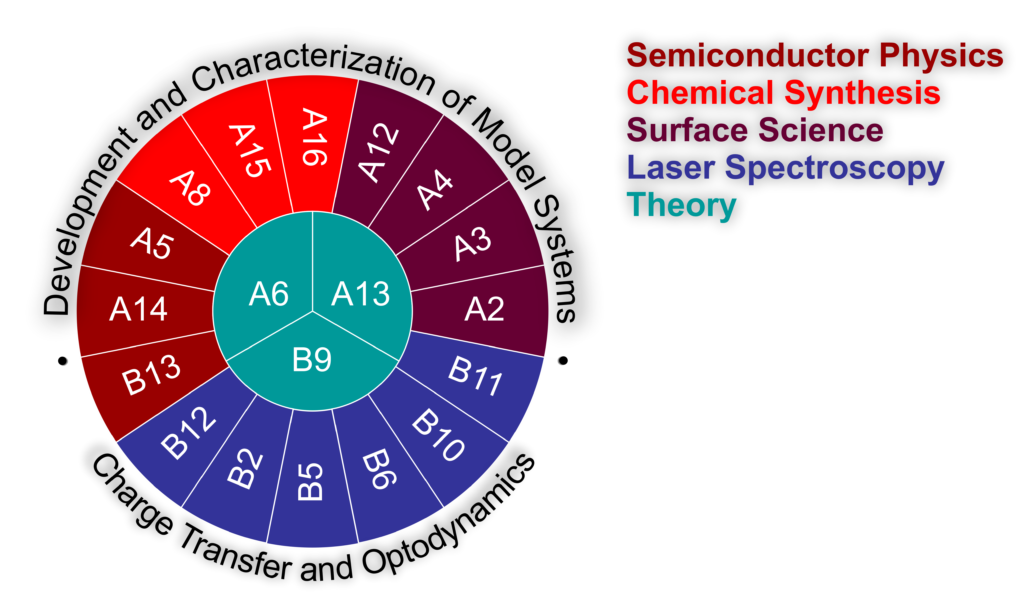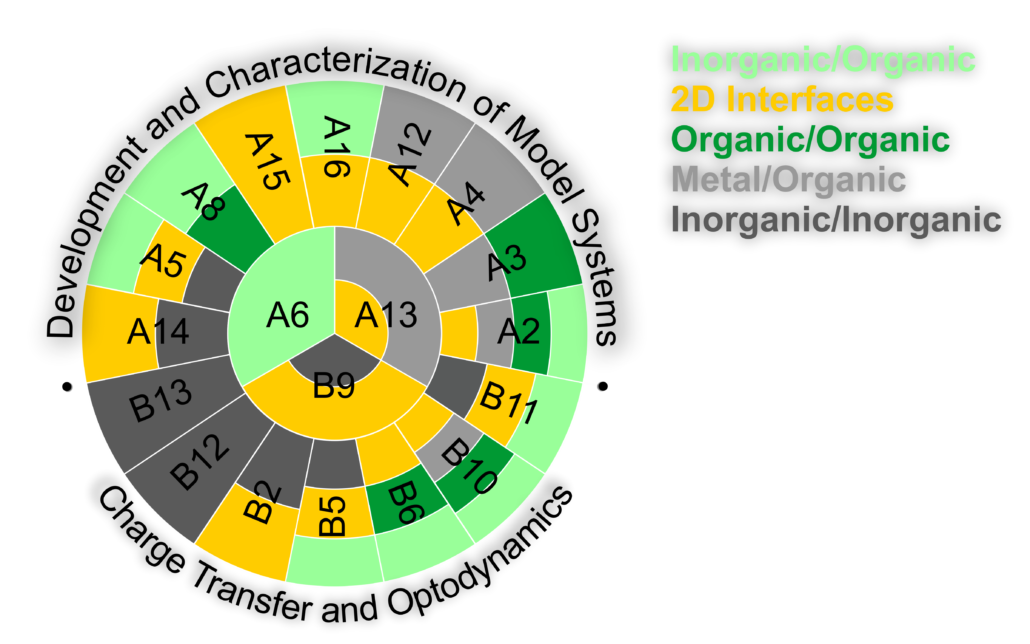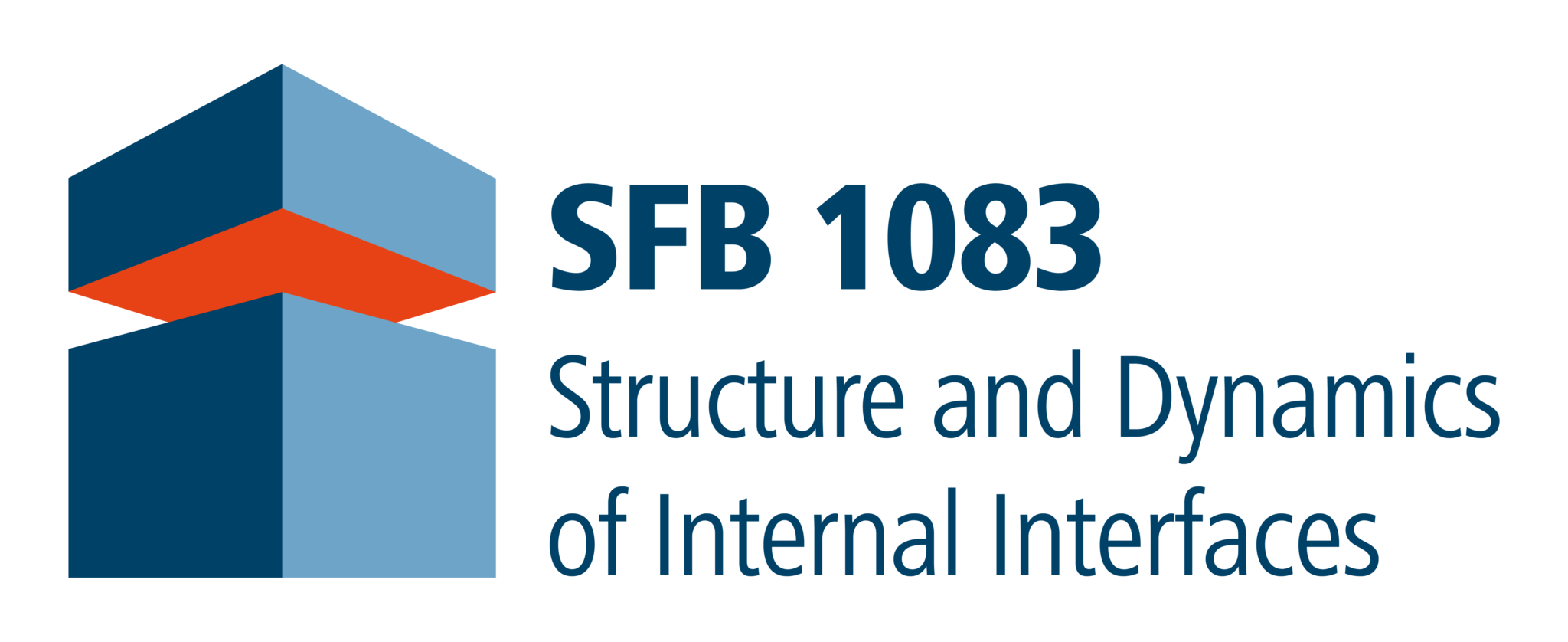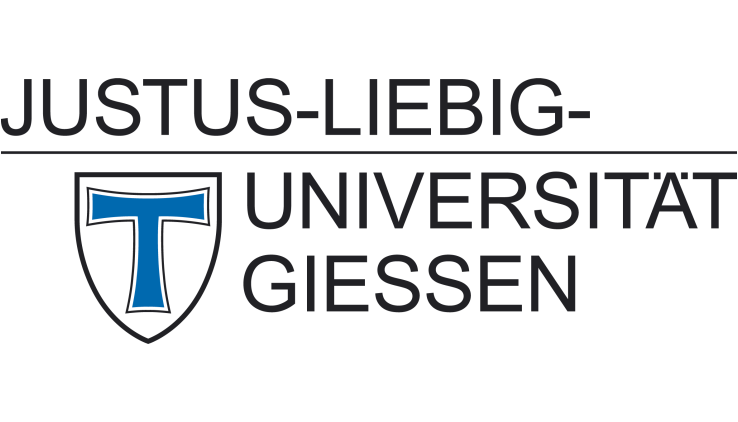Collaborative Research Center SFB 1083 of the German DFG was established at Philipps-Universität Marburg in 2013. More than 80 chemists and physicists jointly investigate solid/solid interfaces of a variety of organic and inorganic materials in order to achieve a detailed microscopic understanding of the chemical bonding, the electronic coupling, and the dynamics of energy transfer for model systems of different classes of heterointerfaces.
Since 2017 the SFB includes groups from the Universities of Gießen and Münster and the Jülich Research Center.
Spokesperson: Prof. Dr. Kerstin Volz
Vice Spokesperson: Prof. Dr. Michael Gottfried
Managing Board: Prof. Dr. Ulrich Höfer, Prof. Dr. Ulrich Koert, Prof. Dr. Stefan Tautz and spokespersons
Goals
Internal interfaces between two solids play a decisive role in modern materials sciences and their technological applications. Among the most prominent examples are certainly semiconductor devices which have been miniaturized to such an extent that their optical and electronic properties are determined decisively by interfaces. In the future, the importance of internal, solid/solid interfaces is expected to increase further due to the development of new hybrid materials. One type of these materials combines specific properties of metals or inorganic semiconductors on the one hand, with those of organic or biomaterials on the other hand. Another type of composite material is created by stacking different two-dimensional solids, such as graphene or transition metal dichalcogenides, together. In both cases, the interaction of different solids across the interface and specific interface properties are crucial to the resulting functionality. Despite their enormous importance, our microscopic understanding of internal interfaces is lagging behind that of volume or surface properties. The main reason for this knowledge gap is the experimental difficulty to detect and isolate the weak interface signature from the signals of the dominant bulk.
The objective of the Collaborative Research Center SFB 1083 is to close this gap by collaboration between researchers from chemical synthesis, semiconductor physics, surface science, structural analysis and laser spectroscopy. Primarily, our research is not directed towards specific functional materials, as those generally consist of many, frequently not well-defined interfaces. Instead, we focus on model systems with specially prepared internal interfaces. We structurally characterize these interfaces on the atomic level and investigate their optical and electronic properties systematically. In this way, we want to achieve a detailed microscopic understanding of chemical bonding, electronic coupling and energy transfer for different classes of heterointerfaces. We then can make use of this knowledge and tailor interfaces for specific applications and construct devices with novel properties and functions.

Methods & Materials
SFB 1083 employs a range of investigative methods from experimental setups to theoretical studies to analyze interface properties between various combinations of inorganic, organic, and metal surfaces.









